Ever experienced the feeling where you can’t straighten your arms after a workout? Post-workout arm stiffness can be a puzzling and even concerning experience for many fitness enthusiasts.
As seasoned fitness enthusiasts, our goal is to provide you with trustworthy advice, blending scientific accuracy with practical wisdom gleaned from years in the gym.
In this article, I’ll unravel the mystery behind post-workout arm stiffness, offering explanations and actionable advice to manage and possibly prevent this common occurrence.
Keep reading to embark on a journey towards unrestricted, pain-free movement after every workout.
Table of Contents
1. The Physiology Behind Arm Stiffness
The stiffness you feel in your arms post-workout is more than just an inconvenient sensation—it’s a result of complex physiological processes. These include muscle fiber damage, inflammation, and the build-up of metabolic byproducts. Understanding these underlying mechanisms can help you take targeted steps to alleviate discomfort and speed up recovery.
You’re not alone if you’ve felt like your arms were glued to your sides after a solid bicep and tricep workout. Knowledge of the physiological factors we’ve outlined will empower you to take actionable steps toward faster, more effective recovery. Below are the key physiological aspects that contribute to arm stiffness post-workout.
Muscle Fiber Microtears
When you do strenuous exercises such as resistance training, you create microscopic tears in your muscle fibers. Microtears initiate muscle repair and growth but also cause post-workout stiffness and soreness. For example, after an intense bicep curl session, you might notice difficulty in fully extending your arms, which can be attributed to these microscopic tears and the ensuing repair process.
Metabolic Byproduct Accumulation
During intense workout sessions, your muscles produce lactic acid and other metabolic byproducts. These substances are part of your body’s natural response to physical stress. While essential for energy production during exercise, the build-up of these byproducts can lead to muscle stiffness, aching, and a decrease in overall performance if not properly managed.
Delayed Onset Muscle Soreness (DOMS)
According to Physio-pedia, Delayed Onset Muscle Soreness (DOMS) is the pain and ache experienced in muscles after intense, unfamiliar exercise. Typically kicking in 24 to 48 hours post-exercise, DOMS is often the culprit behind that lingering stiffness. It’s a sign that your muscles are adapting to new or more intense exercise regimens.
2. Common Workout Routines That Lead to Arm Stiffness
Certain types of exercises are more prone to causing post-workout arm stiffness than others. If you’re like me and love pushing your limits, you’ll want to keep an eye on these exercises to manage your recovery better. Below are some common workout routines notorious for leading to arm stiffness:
- High-Intensity Bicep Curls: Lifting heavy weights for multiple sets in quick succession puts your bicep muscles under a lot of strain. This often leads to microtears and subsequent arm stiffness. High intensity and volume boost muscle growth but demand proper recovery to prevent prolonged stiffness and reduced performance.
- Tricep Dips and Extensions: These exercises focus on the opposite side of your arm, but the mechanics are similar to bicep curls. They involve the tearing and repairing of muscle fibers, which can contribute to post-workout arm stiffness. Just like their bicep counterparts, tricep exercises, when performed at high intensity, put you at risk for longer recovery periods and potential injury if not managed well.
- CrossFit WODs involving Pull-ups and Muscle-ups: This require explosive movements and high resistance. Your arm muscles work overtime during these sessions, often leading to pronounced stiffness. Because of the complex and dynamic nature of these movements, the risk for both stiffness and injury increases if proper technique and recovery protocols are not followed.
- Isolation Exercises: Isolation exercises focus on single muscle groups, intensifying post-workout stiffness compared to compound exercises. It’s essential to balance these with compound exercises and adequate rest for optimal recovery.
3. Immediate Responses to Arm Stiffness
Experiencing arm stiffness post-workout is often a sign that your muscles are engaged in the recovery process. In my experience, striking a balance between active and passive recovery methods can make all the difference in how quickly you bounce back from stiffness. Below are the immediate responses you should consider for alleviating arm stiffness.
Cold and Hot Therapy
Alternating between ice packs and hot baths can reduce inflammation and relax tight muscles. Contrast therapy boosts healing by improving blood flow and reducing muscle spasms. For example, many pro athletes use contrast therapy, alternating ice baths, and hot showers, to boost circulation and speed healing. It’s a tried-and-true technique that many athletes swear by for quicker recovery and reduced pain.
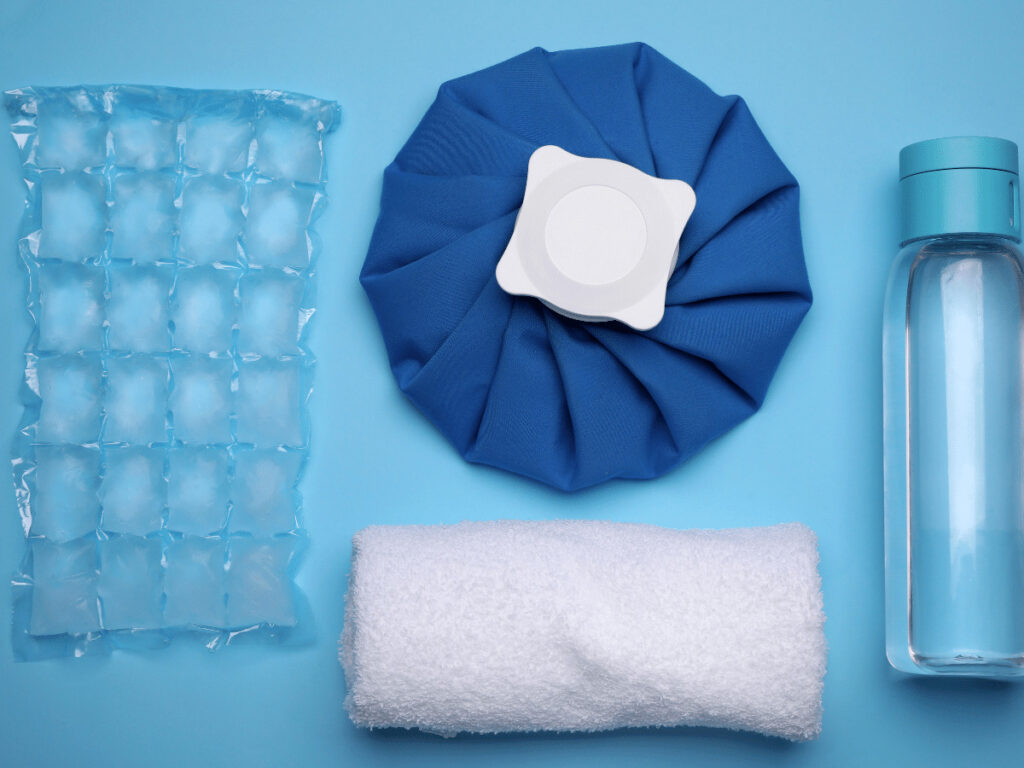
Active Recovery
Engaging in gentle, low-impact exercises like arm circles or stretches can aid in blood circulation, helping to flush out toxins and byproducts that contribute to stiffness. Active recovery maintains a level of muscle engagement without overtaxing your system, promoting faster healing. It also reduces the risk of developing chronic stiffness by keeping the muscles warm and flexible.
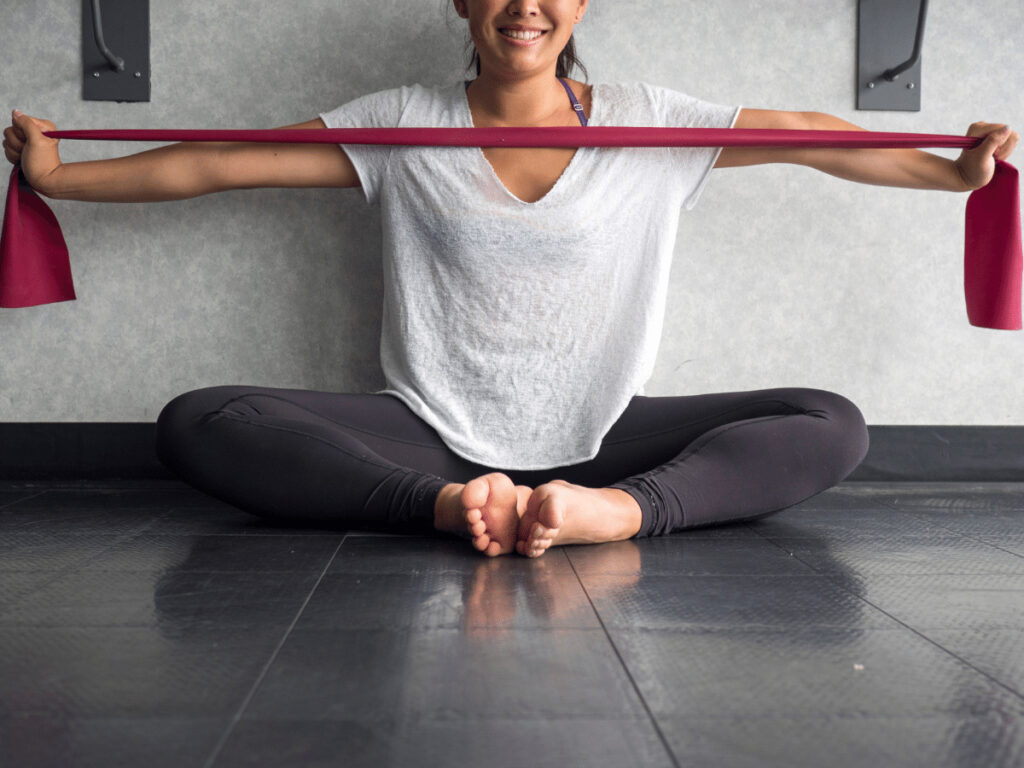
Over-the-Counter Pain Relievers
According to NHS, Non-steroidal anti-inflammatory drugs (NSAIDs) are medicines widely used to relieve pain, reduce inflammation, and lower high temperatures. NSAIDs like ibuprofen can provide temporary relief but should be used cautiously, as they can mask underlying issues. In my own training, I’ve found that while NSAIDs can be helpful, they’re not a long-term solution and it’s crucial to listen to your body’s signals.
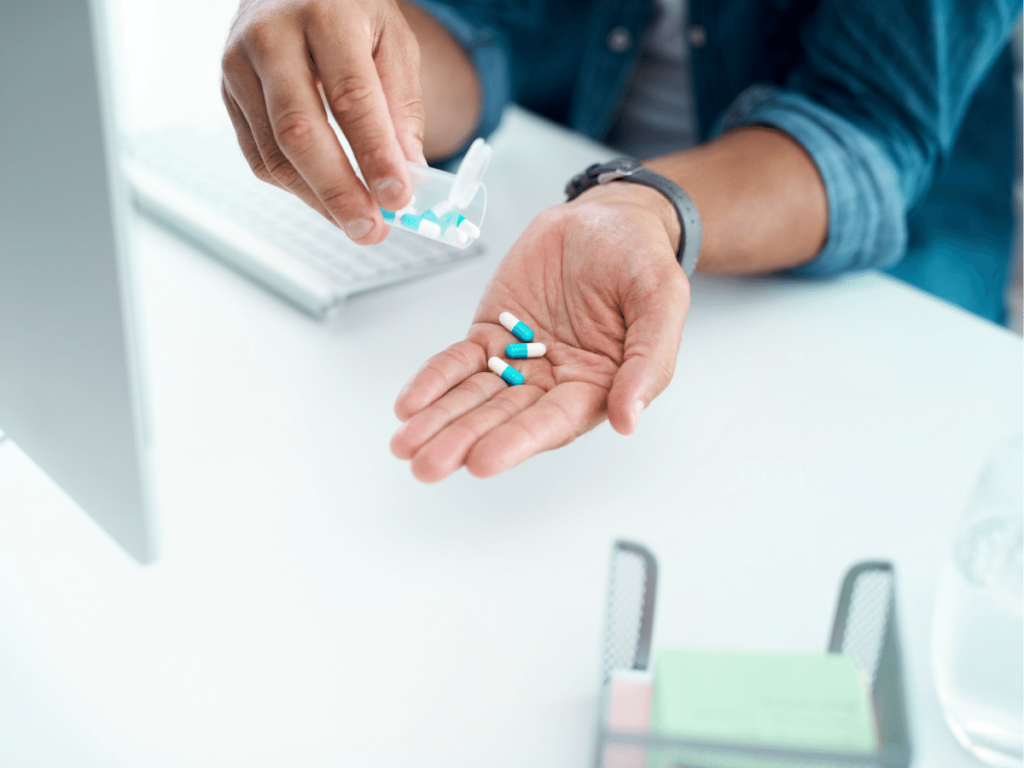
Hydration and Nutrition
Proper hydration and consuming nutrient-rich foods can significantly impact how quickly your muscles recover post-workout. Electrolytes and amino acids play a crucial role in this process, helping to rebuild damaged muscle fibers and restore ion balance in the body. Think of your post-workout meal and hydration as the fuel for your recovery engine, essential for minimizing stiffness and maximizing your next performance.
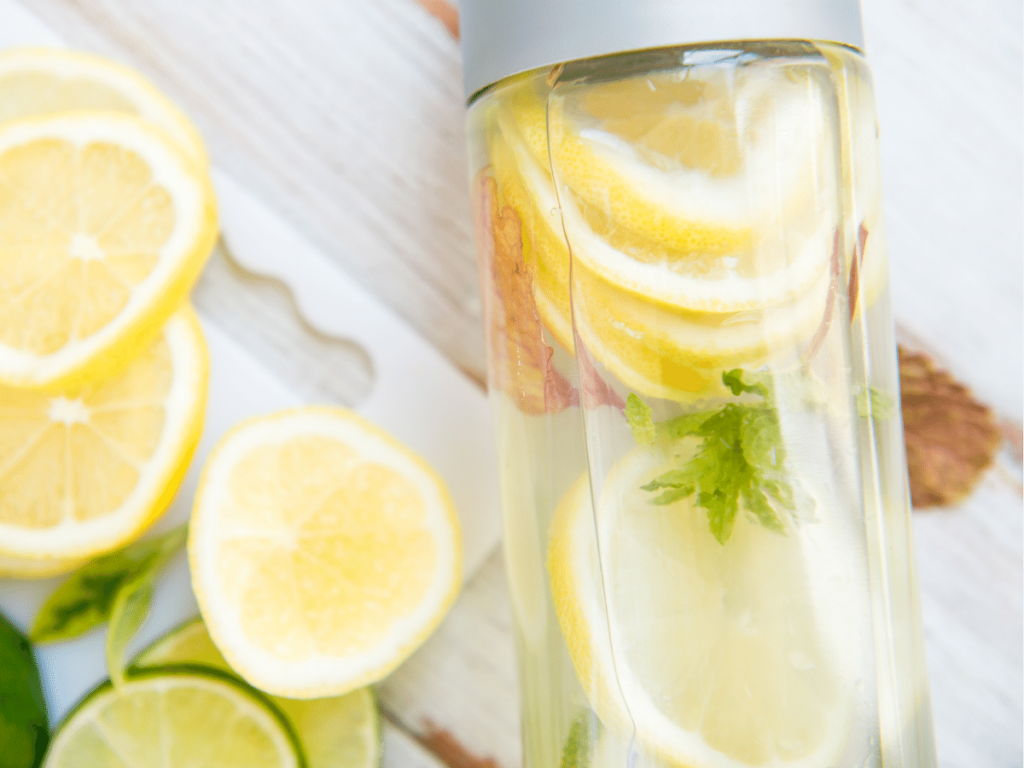
4. Treatment and Remedies
Experiencing post-workout arm stiffness is common among fitness enthusiasts, but it shouldn’t hinder your performance or well-being. Below are the essential treatments and methods you should consider to tackle arm stiffness effectively.
Stretching Techniques
Specific stretches are designed to alleviate arm stiffness and enhance flexibility. They work by lengthening muscle fibers and improving blood circulation, which helps remove metabolic waste contributing to stiffness.
- Dynamic Stretching: Pre-workout stretches that prepare your muscles for the exercise session ahead.
- Static Stretching: Post-workout stretches that help relax the muscles and improve long-term flexibility.
- PNF Stretching (Proprioceptive Neuromuscular Facilitation): Advanced stretching techniques that involve both the stretching and contracting of the targeted muscle group.
- Isometric Stretching: Focuses on holding a position for an extended period, aiding in muscle relaxation and flexibility.
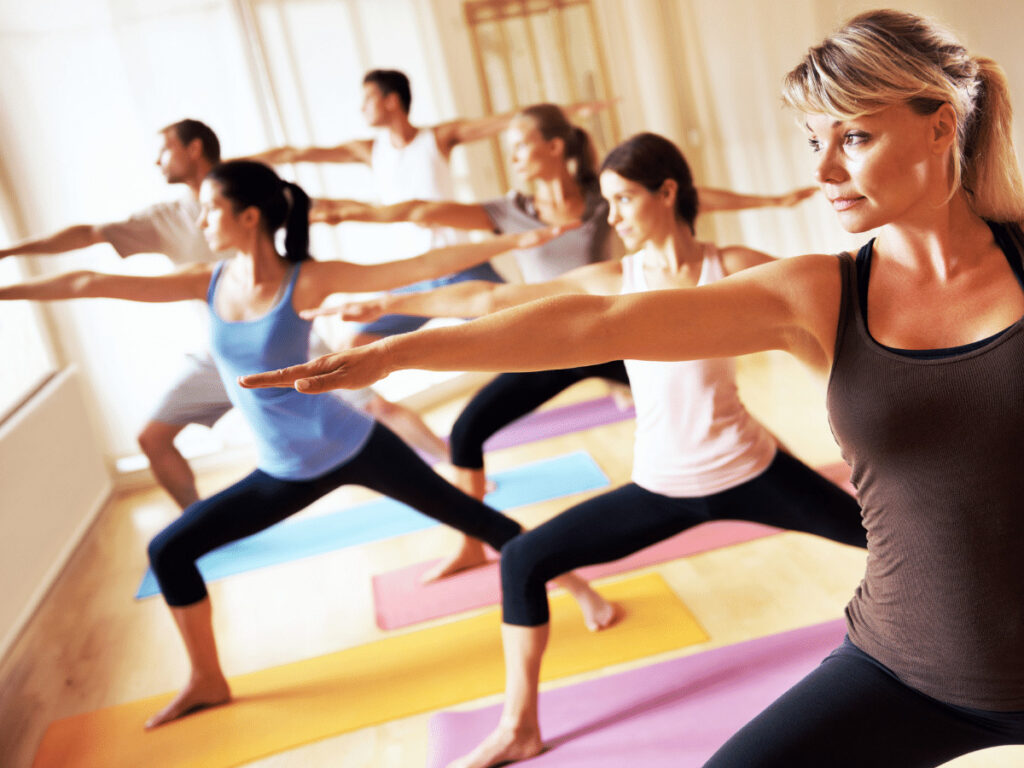
Massage and Foam Rolling
The benefits of deep tissue massage and foam rolling extend beyond relaxation; they are effective methods for breaking up muscle knots and alleviating arm stiffness. Massage and foam rolling target muscle tension, enhancing both recovery speed and muscle health when added to your post-workout routine.
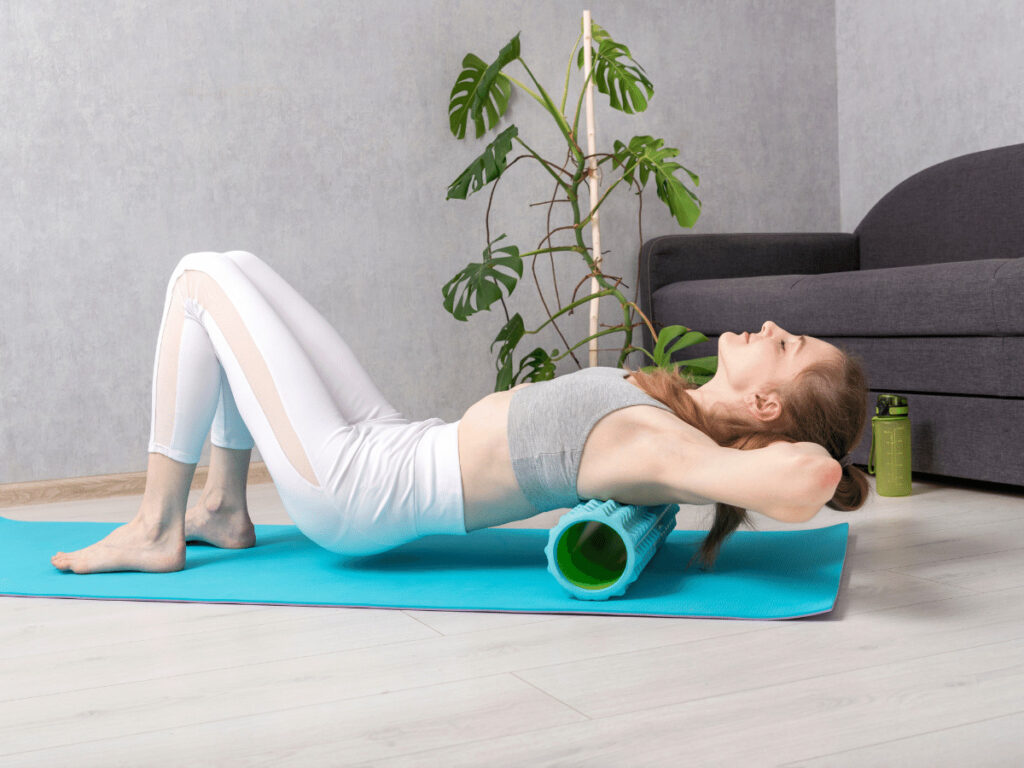
Topical Treatments
The use of balms, creams, and patches is another way to target arm stiffness right at its source, providing localized relief. These products often contain active ingredients like menthol or camphor that provide a warming or cooling sensation to ease discomfort.
- Menthol-Based Creams: Known for their cooling effects, they can help numb the area and reduce the perception of pain.
- Capsaicin Patches: These patches create a burning sensation that distracts you from the underlying muscle stiffness.
- Natural Balms: Organic options like arnica or CBD balms offer non-synthetic alternatives for muscle relaxation.

Supplementation
Vitamins and other supplements play a key role in expediting muscle recovery, especially when integrated into a well-rounded fitness regimen. Nutrients like amino acids, Omega-3 fatty acids, and certain vitamins can not only accelerate the healing of muscle micro tears but also provide a boost to your overall athletic performance. The right supplements can enhance both post-workout recovery and long-term fitness gains.
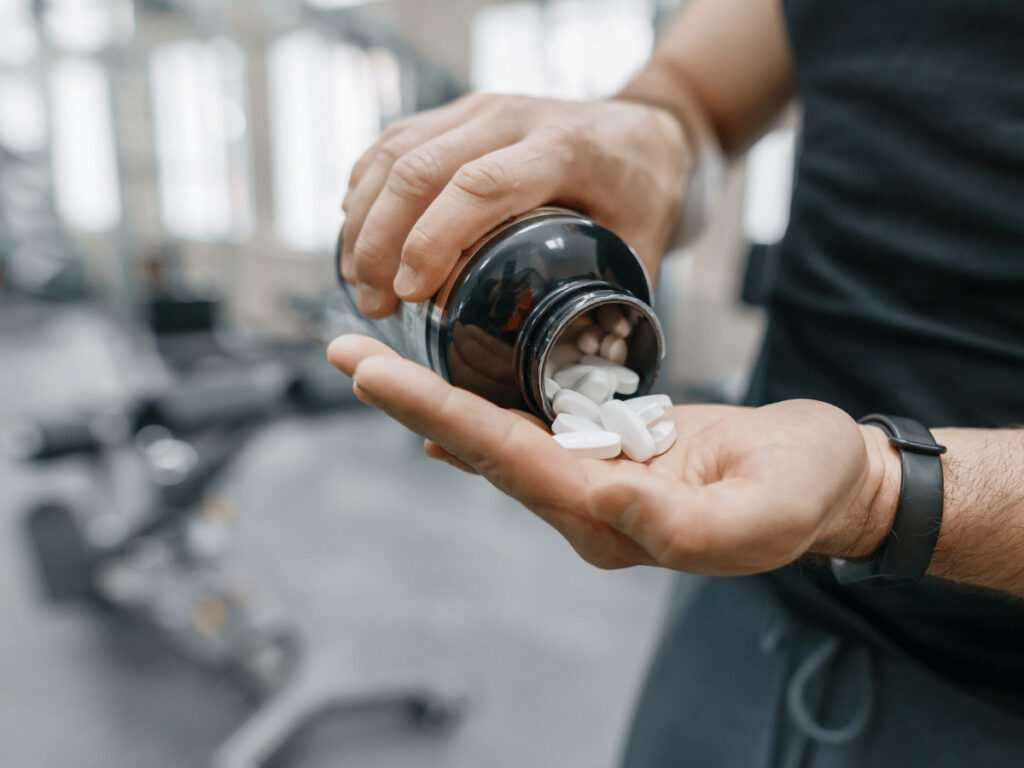
5. Preventing Future Arm Stiffness
While treating arm stiffness is crucial, prevention is always better than cure. Minor tweaks to your workout and post-exercise care can greatly reduce future discomfort. Understanding what causes stiffness is the first step, and implementing proactive strategies can keep you in optimal shape. Below are the key prevention methods that will arm you with the right strategies:
- Proper Warm-Up: Jumping into intense exercise without a proper warm-up is an open invitation to muscle stiffness. Ensure you do 5-10 minutes of light cardio and dynamic stretches.
- Post-Workout Stretching: Don’t underestimate the power of a good stretching session post-workout. It can help alleviate muscle tightness and prepare your body for quicker recovery.
- Nutritional Timing: Eating protein-rich food or having a protein shake within 30 minutes post-workout can play a vital role in muscle recovery.
- Rest and Recovery Days: Scheduling regular rest days and considering active recovery options can greatly reduce the likelihood of experiencing arm stiffness.
6. When to Seek Professional Help
Experiencing arm stiffness after an intense workout is generally normal, but there are instances when the discomfort crosses the line into a potential medical issue. If the pain is chronic, unusually intense, or accompanied by other symptoms, it might be time to consult a healthcare professional. Ignoring these red flags could seriously impede your fitness journey and overall well-being.
The second step is knowing who to consult—be it a general physician, sports medicine specialist, or a physiotherapist. Depending on the symptoms and their persistence, a healthcare provider can guide you through appropriate tests, treatments, and recovery plans. When in doubt, it’s better to seek expert advice; your muscles will thank you later.
The following table delineates instances when arm stiffness or discomfort after a workout might necessitate medical attention. Recognizing these red flags and seeking appropriate professional help can safeguard an individual’s health and fitness journey.
| Symptom/Issue | Potential Concern | Recommended Professional to Consult | Importance of Seeking Help |
| Chronic Arm Stiffness | Pain or stiffness in the arm persists over an extended period despite rest and standard recovery measures. | General Physician. Sports Medicine Specialist | Early intervention can prevent long-term damage or chronic conditions. |
| Unusually Intense Pain | Acute pain that is sharper or more intense than typical post-workout soreness. | General Physician. Sports Medicine Specialist | Immediate attention can help diagnose potential muscle tears, strains, or other acute injuries. |
| Swelling or Bruising | Visible swelling or bruising around the arm, indicating potential tissue damage or inflammation. | Sports Medicine Specialist. Physiotherapist | Proper diagnosis can lead to appropriate treatment, reducing risk of further injury or complications. |
| Limited Range of Motion | Difficulty in moving the arm through its full range or experiencing pain during movement. | Physiotherapist. Sports Medicine Specialist | Rehabilitation and therapy can restore mobility and function, preventing long-term physical limitations. |
| Accompanying Symptoms | Presence of other symptoms such as numbness, tingling, or weakness in the arm or fingers. | General Physician. Neurologist (for neurological concerns) | Complementary symptoms could indicate nerve damage or other serious conditions, requiring specialized care. |
Conclusion
Post-workout arm stiffness is a common experience often related to muscle fiber microtears, inflammation, and metabolic byproduct accumulation. While there are immediate responses and treatments you can employ, understanding when to seek professional help is equally crucial.
Moving forward, consider implementing preventative measures into your routine and consult a healthcare provider for persistent or unusual symptoms. Stay informed and take active steps to enhance your muscle recovery process.
Related articles:








